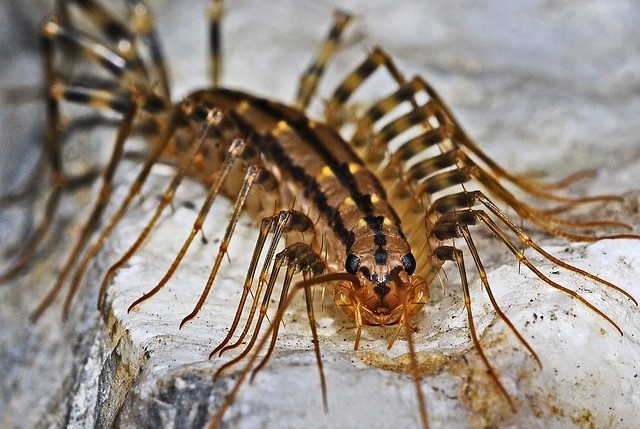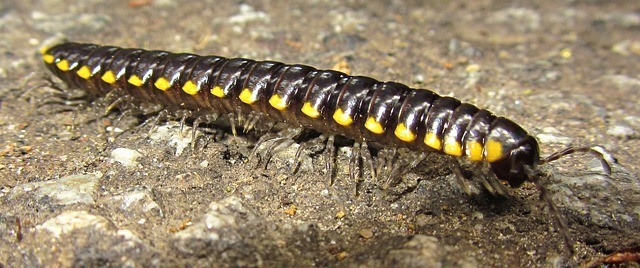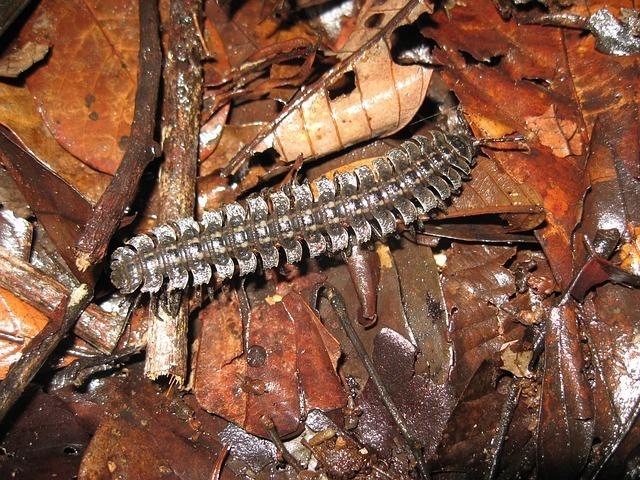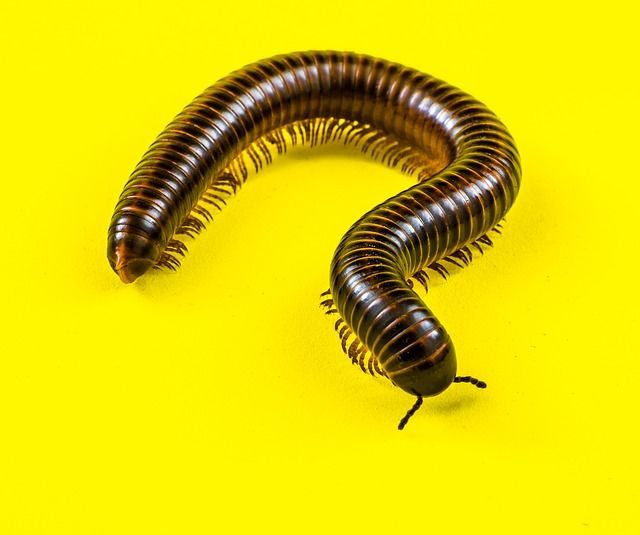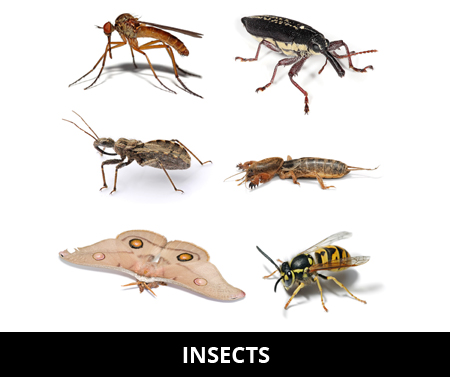Centipedes and Millipedes For Kids
These tiny creatures like to crawl around, and of course they have plenty of legs to help them accomplish that!
Some people are very creeped out by these bugs, but they are harmless little guys who do not hurt humans (there is one exception, which we talk about further down this page).
There are also a few differences between centipedes and millipedes, although many cannot tell them apart. Read the fun and interesting facts below to learn more these creepy crawly animals!
What do centipedes and millipedes look like?
Millipedes have two pairs of legs per body segment, while centipedes have one pair of legs per body segment. Centipedes have around 15 to 30 legs, while millipedes generally have around 47 to 197 legs.
Many people think centipedes have 100 legs because “centi” means 100. Likewise, “milli” means 1,000 – millipedes definitely don’t have that many legs.
Believe it or not, centipedes and millipedes can regrow their legs if they lose them. Sometimes, if a centipede or millipede is picked up by a bird or other predator, it can save itself by sacrificing a few legs.
Centipedes and millipedes found without legs have quite possibly lost them this way, and are in the process of regenerating them.
Centipedes are known for their speed, and can crawl around very quickly. Millipedes are not as fast and like to burrow or hide in dark, wet places, likes underneath logs.
They are pretty shy compared to centipedes – who also enjoy dark, wet places, but can be found in other places, like the inside of your house!
Where can you find centipedes?
Centipedes can be found worldwide, and unlike many other animals, they have been found in the sparsely populated Arctic Circle.
It is so cold in the Arctic, that the only other types of animals there include polar bears, walruses, seals, moose, and other types of animals inclined to very cold climates.
These creatures prefer dark and damp places in general, and can often be found underneath rocks, rotting logs, piles of leaves, and decaying pieces of wood.
Are centipedes and millipedes dangerous?
Millipedes cannot hurt you. Centipedes are generally very harmless as well, but the larger ones do have the ability to bite humans. This bite very rarely causes a serious reaction, unless someone has a serious allergic condition.
A bite from a giant centipede, like the Giant Desert Centipede, has been compared to a bee sting, pain-wise.
Some millipedes produce a sticky substance that can cause red, itchy skin if it makes contact with humans.
Millipedes and centipedes can become quite bashful (shy) when you approach them. They are not ones for human interaction and will scurry quickly away.
Centipedes and millipedes are not insects, even though they are very similar to insects. This is because they have more than six legs.
The centipede and millipede has to watch out for birds, toads, frogs, and small mammals as they are their predators.
Where can you find the largest centipedes?
The largest centipedes in the United States live in the state of Arizona, and they can become 6 inches (15.24 cm) in length. In the West Indies, there are centipedes that are 18 inches (45.72 cm) in length!
Centipedes are carnivores and they kill their prey by injecting them with venom from their front legs.
This can also be used to defend the centipede from some predators. Their legs are too small to effectively harm humans in any way.
Millipedes are very gentle in nature and will even curl up in a little ball as a defense tactic to protect themselves from harm.
Millipedes do not eat other creatures and instead feast on decaying organic matter, like the roots and leaves of plants.
Centipedes and millipedes can actually suffer from dehydration. They need moist places to live, and will be less active until it rains or the humidity rises to protect themselves.
The centipede has been around for a very long time, and is considered one of the oldest known animals on the planet. There are fossils of centipedes that date back to over 400 million years ago.

